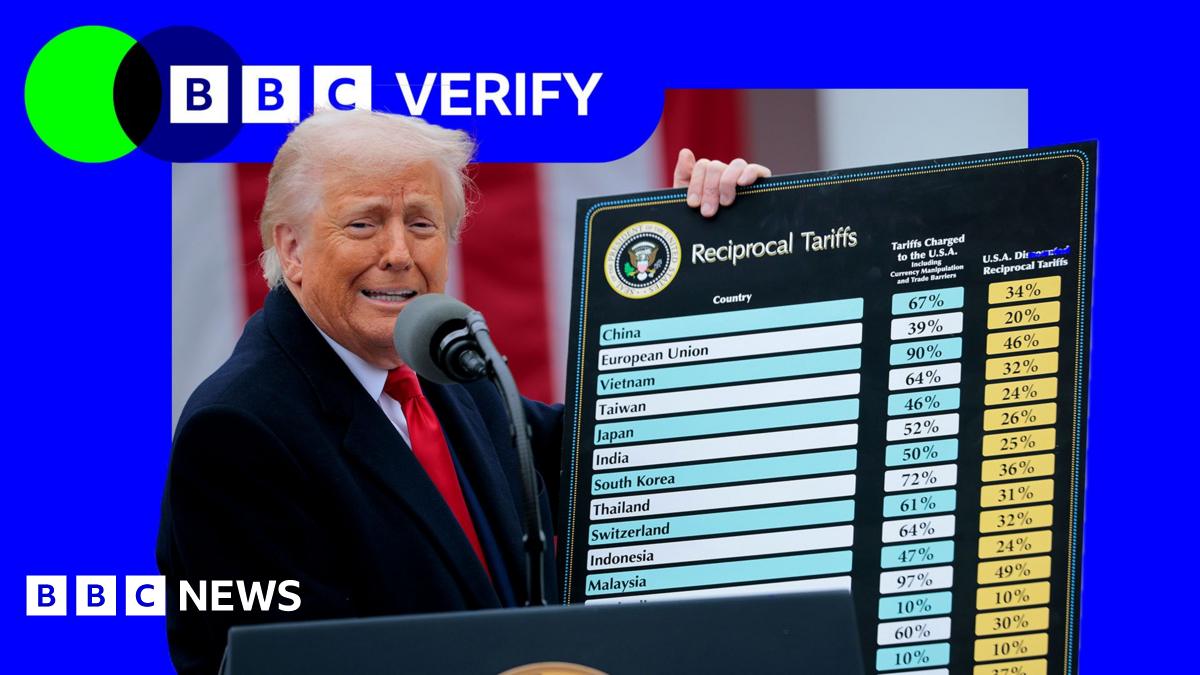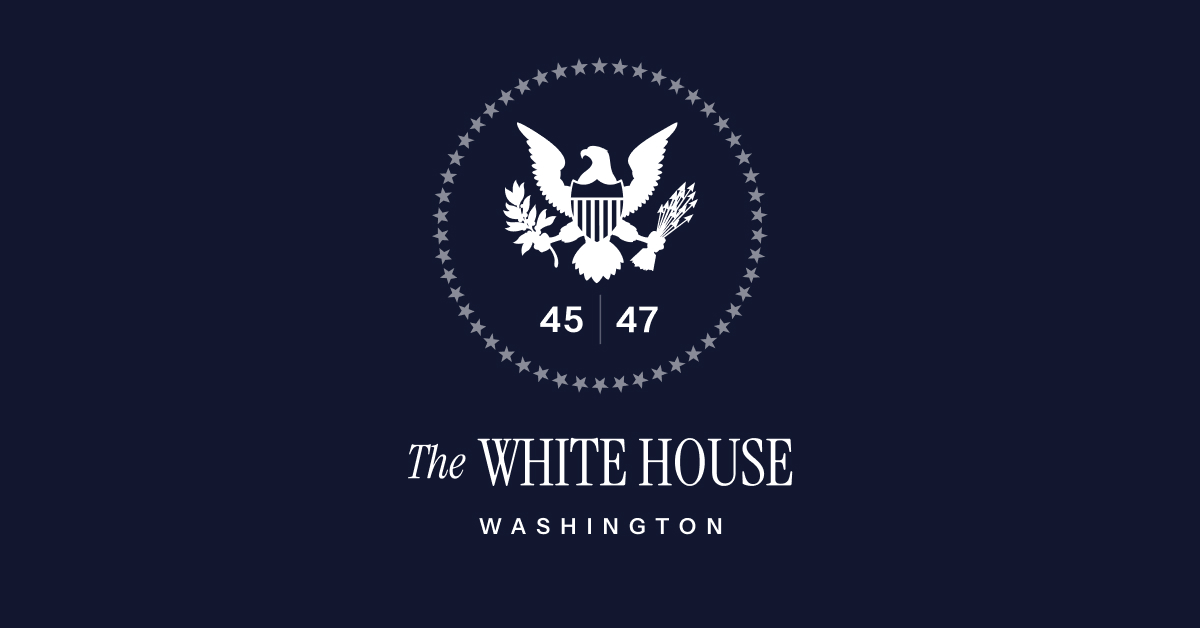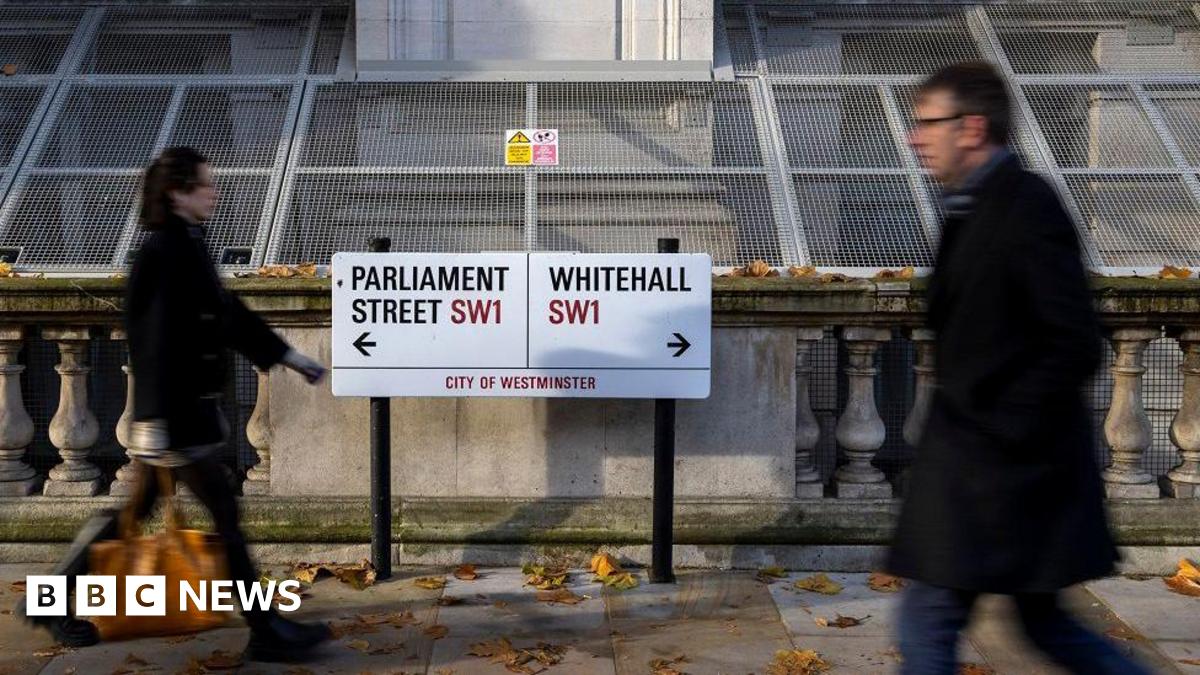Feeling The Pinch: How Trump's Tariffs Affect Everyday Americans

Welcome to your ultimate source for breaking news, trending updates, and in-depth stories from around the world. Whether it's politics, technology, entertainment, sports, or lifestyle, we bring you real-time updates that keep you informed and ahead of the curve.
Our team works tirelessly to ensure you never miss a moment. From the latest developments in global events to the most talked-about topics on social media, our news platform is designed to deliver accurate and timely information, all in one place.
Stay in the know and join thousands of readers who trust us for reliable, up-to-date content. Explore our expertly curated articles and dive deeper into the stories that matter to you. Visit Best Website now and be part of the conversation. Don't miss out on the headlines that shape our world!
Table of Contents
Feeling the Pinch: How Trump's Tariffs Affected Everyday Americans
Introduction: The Trump administration's imposition of tariffs on imported goods, a key tenet of its "America First" economic policy, sparked significant debate. While proponents argued it would protect American industries and jobs, critics warned of negative consequences for consumers and the broader economy. This article examines the tangible impact of these tariffs on everyday Americans, exploring both the intended benefits and the unintended repercussions.
The Promise of Protectionism:
The core argument behind the tariffs was to bolster domestic industries by making imported goods more expensive, thus increasing demand for domestically produced alternatives. This protectionist approach targeted sectors like steel, aluminum, and consumer goods from China. The administration claimed this would safeguard American jobs and revitalize manufacturing.
The Reality for Consumers: Higher Prices and Reduced Choice
However, the reality for many Americans was a noticeable increase in prices for everyday items. Tariffs on imported goods directly increased the cost of manufacturing, which manufacturers passed on to consumers. This impact wasn't limited to luxury items; essential goods like washing machines, furniture, and even pet food saw price hikes. A study by the Federal Reserve Bank of New York found that tariffs contributed to a significant increase in inflation, disproportionately affecting lower-income households who spend a larger percentage of their income on necessities.
Impact on Specific Sectors:
- Agriculture: The retaliatory tariffs imposed by other countries on American agricultural products, particularly soybeans and pork, severely impacted farmers. Many faced reduced export opportunities and lower prices, leading to financial hardship and farm closures. This ripple effect extended to related industries and rural communities.
- Manufacturing: While some domestic manufacturers benefited from increased demand, others faced challenges due to higher input costs from imported materials. The net effect on the manufacturing sector remains a subject of ongoing debate among economists.
- Retail: Retailers bore the brunt of increased costs, often absorbing some of the price increases themselves to remain competitive, impacting their profit margins. This squeeze ultimately affected their ability to invest and expand.
Beyond the Price Tag: Supply Chain Disruptions and Uncertainty
The tariffs also created significant uncertainty and disrupted global supply chains. Businesses struggled to predict costs and plan for the future, hindering investment and economic growth. The complexity of global trade meant that the intended effects were often diluted, and unintended consequences became more prominent.
Long-Term Economic Effects:
The long-term economic consequences of Trump's tariffs are still being assessed. While some argue that the protectionist measures fostered a temporary boost in certain sectors, many economists believe the overall impact was negative, contributing to slower economic growth and increased inflation. The trade war initiated by these tariffs also damaged international relations and undermined global trade cooperation.
Conclusion:
The Trump administration's tariffs presented a complex economic experiment with mixed results. While intended to shield American industries, the evidence suggests the negative impact on consumers and the broader economy outweighed any potential benefits for most Americans. The increased prices, supply chain disruptions, and heightened uncertainty underscore the complexities of protectionist trade policies and their far-reaching consequences. Further research and analysis are needed to fully understand the lasting effects of these policies on the American economy and its citizens.
Further Reading:
- [Link to a reputable study on the economic impact of tariffs]
- [Link to an article analyzing the impact on specific industries]
Disclaimer: This article provides an overview of the issue and does not constitute financial or economic advice.

Thank you for visiting our website, your trusted source for the latest updates and in-depth coverage on Feeling The Pinch: How Trump's Tariffs Affect Everyday Americans. We're committed to keeping you informed with timely and accurate information to meet your curiosity and needs.
If you have any questions, suggestions, or feedback, we'd love to hear from you. Your insights are valuable to us and help us improve to serve you better. Feel free to reach out through our contact page.
Don't forget to bookmark our website and check back regularly for the latest headlines and trending topics. See you next time, and thank you for being part of our growing community!
Featured Posts
-
 121k 120k And 114 5k 113 6k Significant Bitcoin Liquidation Clusters Highlight Range Bound Trading
Aug 02, 2025
121k 120k And 114 5k 113 6k Significant Bitcoin Liquidation Clusters Highlight Range Bound Trading
Aug 02, 2025 -
 The Presidential Fitness Tests Comeback A Deeper Dive Into The Presidents Councils Initiatives
Aug 02, 2025
The Presidential Fitness Tests Comeback A Deeper Dive Into The Presidents Councils Initiatives
Aug 02, 2025 -
 Actress Jenna Ortega The Unexpected Burden Of Overnight Stardom After Wednesday
Aug 02, 2025
Actress Jenna Ortega The Unexpected Burden Of Overnight Stardom After Wednesday
Aug 02, 2025 -
 Mega Millions Lottery August 1st Winning Numbers And 140 Million Prize
Aug 02, 2025
Mega Millions Lottery August 1st Winning Numbers And 140 Million Prize
Aug 02, 2025 -
 49 Billion Heathrow Expansion Impact And Implications
Aug 02, 2025
49 Billion Heathrow Expansion Impact And Implications
Aug 02, 2025
Latest Posts
-
 Analysis Mc Larens Strong Practice Performance At The Hungaroring
Aug 02, 2025
Analysis Mc Larens Strong Practice Performance At The Hungaroring
Aug 02, 2025 -
 Mc Laren Dominates Hungarian Gp Practice Unstoppable At The Hungaroring
Aug 02, 2025
Mc Laren Dominates Hungarian Gp Practice Unstoppable At The Hungaroring
Aug 02, 2025 -
 Could Robert Pattinson And David Corenswets Heroes Unite In A Dc Sequel
Aug 02, 2025
Could Robert Pattinson And David Corenswets Heroes Unite In A Dc Sequel
Aug 02, 2025 -
 New Rules Civil Service Internships Reserved For Working Class Applicants
Aug 02, 2025
New Rules Civil Service Internships Reserved For Working Class Applicants
Aug 02, 2025 -
 Kai Cenat Vs X Qc A Net Worth Showdown
Aug 02, 2025
Kai Cenat Vs X Qc A Net Worth Showdown
Aug 02, 2025
